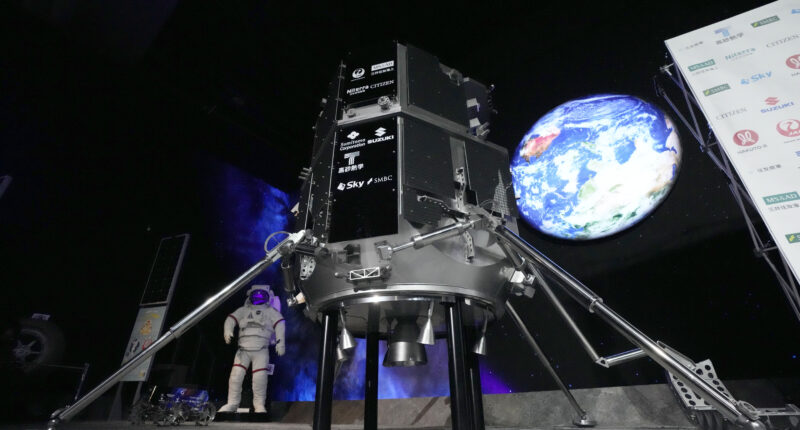JAPAN’S ambitions to become the first country to commercially land on the Moon have crash landed after losing contact with a spacecraft.
If it had been successful, ispace, the company behind the mission, would have been launched ahead of Elon Musk’s SpaceX and Jeff Bezos’ Blue Origin as the private sector races to the moon.
ispace’s Hakuto-R Mission 1 (M1) lander was set to touch down in the Atlas Crater at 12:40pm ET last night (5:40am BST this morning).
However, it’s unclear whether the lander touched down as planned and is presumed lost.
ispace founder Takeshi Hakamada said during the livestream: “We have to assume that we did not complete the landing on the lunar surface.”
Contact was lost as the lander descended the final 33 feet, travelling just 16mph.


The simulation of the spacecraft show it landed, but controllers have not been able to confirm this due to a loss in communications.
Teams are yet to reveal what caused the failure.
Although the company had been vocal about the ‘inevitable risk’ of activating sensors to slow M1 down because it was the first time this technique had been used in a lunar environment.
ispace designed the vehicle to be slow on purpose, using minimal fuel to not only save money but to leave more room for cargo.
Most read in Tech
It makes the loss of M1 not only knock for Japan, but for the owners of its payload too.
It leaves a bruise on the United Arab Emirates’ (UAE) space ambitions, with M1 carrying the country’s Rashid rover as part of its first mission to the moon.
The UAE had planned to explore the Atlas crater, which has yet to be explored by humans.
M1 was also carrying a two-wheeled robot built by the Japanese Aerospace Exploration Agency (JAXA).
Despite the losses, some still view the mission as a success, as it made ispace the first private company to attempt a Moon landing.
Musk may well beat them to it now, as he is set to launch humans to the moon with Nasa as part of the Artemis mission in 2025.
Best Phone and Gadget tips and hacks

Looking for tips and hacks for your phone? Want to find those secret features within social media apps? We have you covered…
We pay for your stories! Do you have a story for The Sun Online Tech & Science team? Email us at [email protected]











